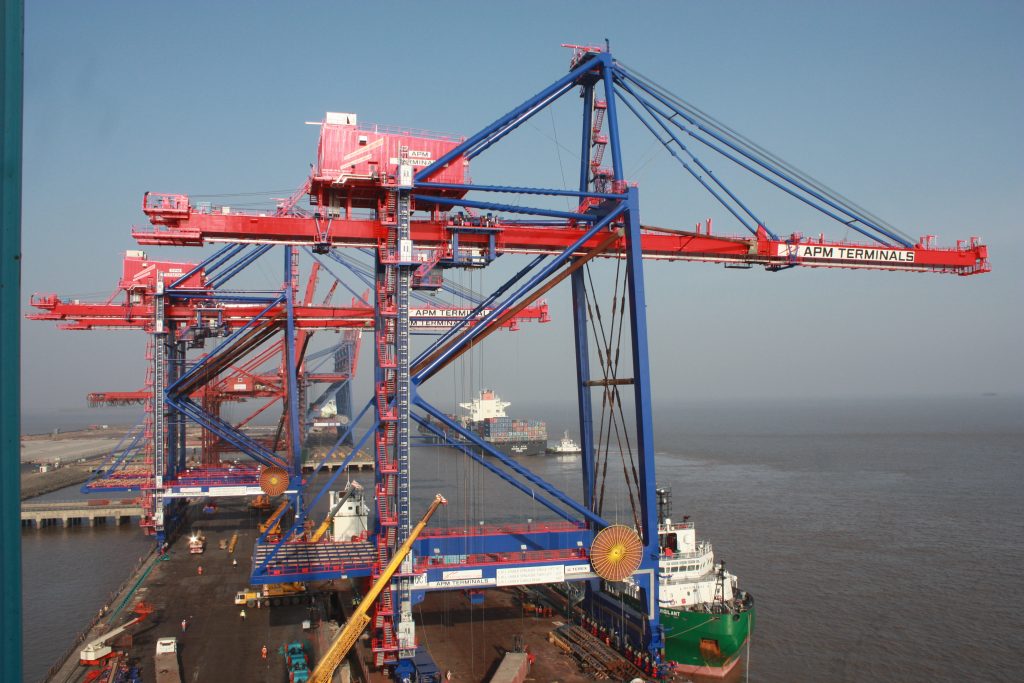Directly links TOS to customers own transport management or logistics systems
July 06, 2020: APM Terminals has introduced application programming interface (API) accessibility to build stronger, digital supply chains for logistics customers.
APIs allow data to be transmitted in just seconds from the terminals’ operating systems directly to customers own transport management or logistics systems.
David Francis, APM Terminals Head of Digital Customer Solutions said: “We have co-developed our APIs with customers looking for real-time data to give them better visibility at the container terminal level.”
Once a customer queries a container or multiple containers, they’ll receive the latest status of the container instantly.
Adds Francis: “By creating better integration with our data through APIs we can improve decision-making for our customers and remove supply chain inefficiencies, which are costing the industry billions each year.
“Never before, has speed and visibility been so key for improving the flow of goods and managing expectations.”
During the pandemic, cargo visibility issues have been exacerbated due to, among other things, transport and travel restrictions, reduced capacity and additional import/export controls. At the same time, demand patterns literally changed overnight as employees started to work remotely.
The exponential increase in ecommerce and the urgency of home deliveries brought on by the COVID-19 pandemic has highlighted the fact that for some customers, the delivery experience has become integral to the product itself. For companies wanting to gain a competitive edge, getting this right is essential.
Currently, logistics companies spend a lot of time calling or emailing for cargo status updates. Over the last few months, this has been exacerbated by critical cargo for medical support and delays caused by reduced staffing. Apart from being inefficient in terms of human capital, this can also lead to error and delays.
Larger logistics companies may also rely on Electronic Data Interchange (EDI), which has been commonly used since the 1970s. However, as the internet’s capabilities have grown, the use of APIs are playing an increasingly important role, offering easier integration into digital ecosystems used by customers.
Initially, APM Terminals is making APIs available to track import availability at container level, including container data, estimated time of arrival and date of discharge from the vessel, the status of the container, any holds on the container, and whether a truck appointment has been made.
The company is also offering an API to track vessel schedules in real-time, including estimated arrival and departure times, and cut-off times for delivering a variety of container types.
APM Terminals’ APIs use familiar standard protocols, meaning that implementation by the customer is a fast, one-time process that saves time and IT resources. Any maintenance on the API is carried out by APM Terminals.
The first locations to support the import availability and vessel schedule APIs are APM Terminals Pier 400 Los Angeles, California, APM Terminals Port Elizabeth and APM Terminals Mobile, Alabama. Fifteen more terminals in the company’s global portfolio will be added by the end of the year.
Customers will initially be able to try the APIs risk-free with a 90-day free trial, with full details available via developer.apmterminals.com. Later in the year, APM Terminals has plans to broaden its API offering, with the potential for more advanced ‘intelligent’ APIs available in an APM Terminals API Store.
Source: Transport & Logistics Middle East







